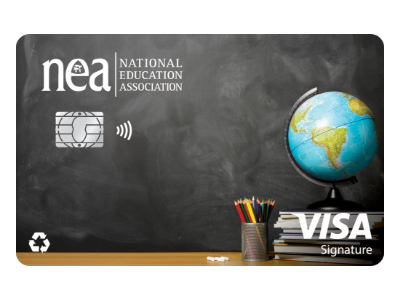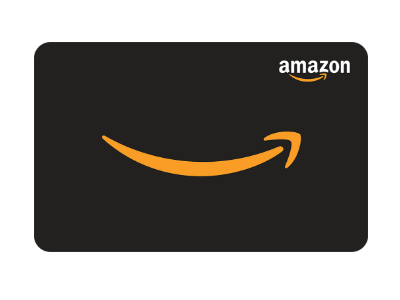
NEA® Customized Cash Rewards Credit Card
Member-Exclusive Online Bonus Offer: $200 Amazon.com Gift Card! (Students not eligible)
3% customized cash back in the category of your choice including: gas and EV charging stations; online shopping, including cable, internet, phone plans and streaming; dining; travel; drug stores and pharmacies; or home improvement and furnishings.












